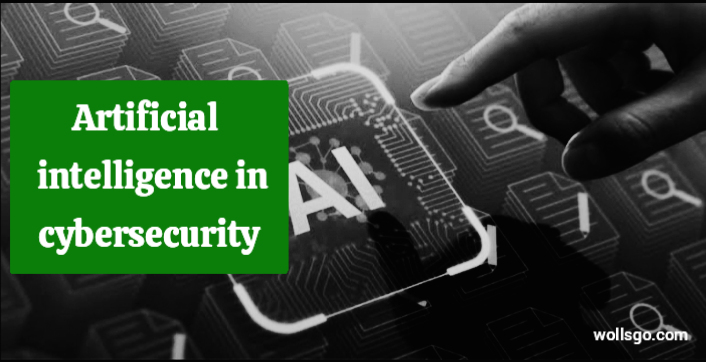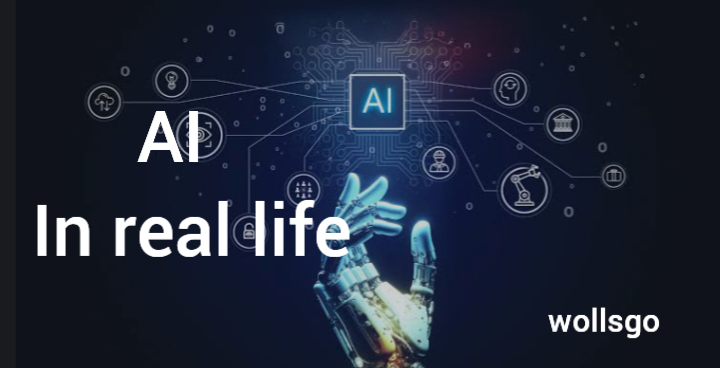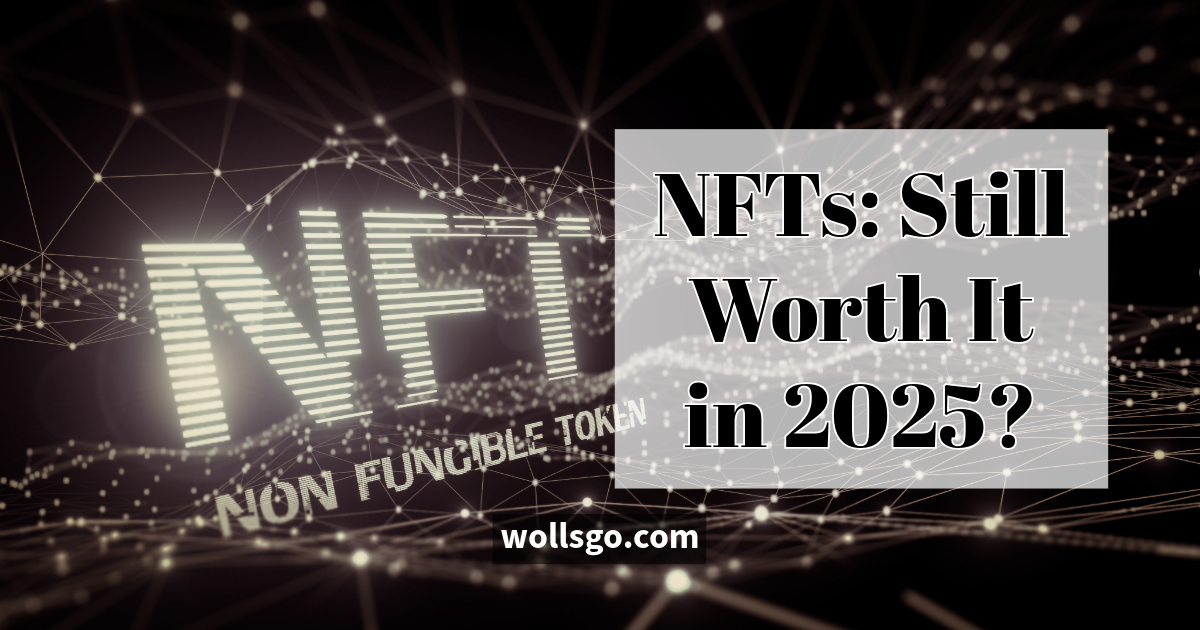Introduction
In the age of rapid digital transformation, cybersecurity has emerged as one of the most critical components of modern infrastructure. Simultaneously, Artificial Intelligence (AI) has become a powerful technological force, transforming haw organizations detect, prevent, and respond to cyber threats. But while AI is enhancing cybersecurity systems, it’s also arming cybercriminals with more sophisticated tools,
This article explores the dual role of AI in cybersecurity-as both a protector and a potential threat and examines how to navigate this evolving landscape this evolving landscape responsibly.
Part I : The Boon AI as a Cybersecurity Asset
1, Real Time Threat Detection and Response
AI powered systems can analyze vast volumes of data in real time, identifying anomalies or suspicious patterns that would go unnoticed by traditional tools. By using machine learning, systems can:
- Detect malware and ransomware attacks
- Monitor network traffic for irregularities
- Predict potential security breaches
AI improves accuracy while reducing false positives, allowing for quicker containment and response.
2. Behavioral Analytics and Anomaly Detection
AI based User and Entity Behavior Analytics (UEBA) monitors user actions over time. it creates a behavioral baseline and flags activities that deviate from the norm-like unusual login time, massive file downloads, or accessing sensitive files.
This is especially valuable for detecting:
- Insider threats
- Compromised credentials
- Lateral movement within networks
3. Automated Security Operation
AI automates many time-consuming tasks, such as:
- Threat intelligence gathering
- Security log analysis
- Patch management
- Vulnerability scanning
This helps Security Operations Centers (SOCs) reduce the time between detection and mitigation while easing the workload on human analysts
4. AI Enhanced Tools and Platforms
Several security solutions now incorporate AI, including:
- Next Gen Firewalls
- AI driven Endpoint Protection Platforms (EPPs)
- Cloud Security Monitoring Tools Email Filtering Systems
Part II: The Threat AI as a Weapon for Cybercriminals
As Artificial Intelligence (AI) becomes an essential tool for defending against cyberattacks, it also increasingly being weaponized by backers and cybercriminals In 2025. malicious actors are leveraging AI to conduct more sophisticated, targeted, and automated cybercrimes than ever before.
Below is a detailed look at the ways AI is being turned into a dangerous weapon by those with bad intentions:
1. AI Driven Phishing and Social Engineering
Cybercriminals use AI to craft highly convincing phishing emails:
- Mimicking tone and writing style of executives
- Targeting individuals using personalized data from social media
- Automating large scale, adaptive phishing campaigns
This increases the effectiveness and success rate of traditional social engineering attacks.
2. Deepfakes and Synthetic Media
AI generated deepfakes can:
- Clone voices or faces of trusted individuals
- Trick employees into wiring funds or revealing sensitive data
- Undermine public trust and corporate reputations
3. Intelligent Malware and Adaptive Attacks
AI is used to create self learning malware that:
- Changes its code to avoid signature based detection
- Learns defense mechanisms of networks and adapts
- Targets specific systems or vulnerabilities
Such intelligent threats require equally smart defenses.
4. Adversarial Attacks Against AI Models
Ironically, AI systems themselves can be attacked. Techniques include:
- Poisoning the AI model with bad training data
- Evasion attacks that trick AI into ignoring threats
- Model inversion to extract sensitive training data
If exploited, these weaknesses could turn AI defenses into vulnerabilities.
Part III: The Ethical and Strategic Dilemma
1 . Bias and Inaccuracy
AI decisions are only as good as the data it’s trained on Poor or biased datasets can result in:
- Overlooking certain types of threats
- Misclassifying legitimate actions as malicious
- Creating unfair or discriminatory outcomes
2. Transparency Issues
Many AI systems operate as “black boxes” meaning:
- It’s hard to trace how decisions are made
- Auditing AI security decisions are made
- It limits accountability in critical incidents
3. Dependency and Overtrust
Organizations may over rely on AI for security, assuming it’s infallible. This can lead to:
- Reduced human oversight
- Missed opportunities to spot nuanced attacks
- Increased risk if the AI fails or is compromised
Part IV: Striking the Balance Humans+AI
The most effective cybersecurity approach involves collaboration between human experts and AI systems.
- AI excels at speed, scale, and pattern recognition
- Humans bring critical thinking, ethical judgment, and creativity
Together, they offer a balanced defense that’s both smart and adaptable.
Best Practices:
- Combine AI with human threat analysts for decision making
- Continuously train AI models with updated, unbiased data
- Monitor and audit AI actions for transparency
- Stay informed about evolving AI based threats





Leave a Reply